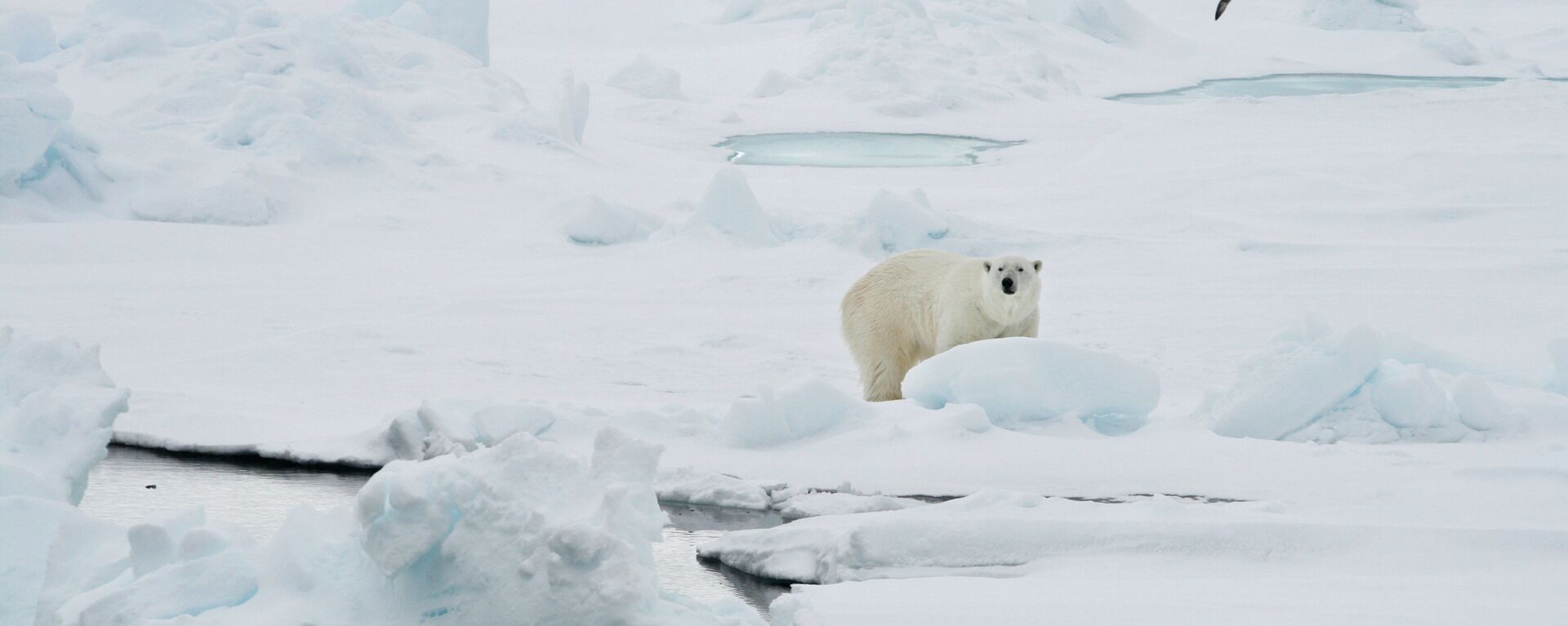https://sputnikglobe.com/20220611/incredibly-sad-researchers-sound-alarm-as-microplastics-detected-in-antarctic-snow-for-first-time-1096209697.html
‘Incredibly Sad’: Researchers Sound Alarm as Microplastics Detected in Antarctic Snow for First Time
‘Incredibly Sad’: Researchers Sound Alarm as Microplastics Detected in Antarctic Snow for First Time
Sputnik International
A group of scientists in New Zealand based their findings on samples collected from 19 sites in Antarctica, including the Ross Ice Shelf, the largest ice shelf... 11.06.2022, Sputnik International
2022-06-11T04:12+0000
2022-06-11T04:12+0000
2022-08-06T13:32+0000
antarctica
microplastics
pollution
environment
new zealand
ross ice shelf
science & tech
https://cdn1.img.sputnikglobe.com/img/107606/79/1076067979_0:679:1707:1639_1920x0_80_0_0_8aa9a8b423f2673f8b59bac28a262fa0.jpg
Researchers are once again raising concerns about the potentially negative environmental impact of microplastics after tiny pieces of polymer were discovered in each of the 19 Antarctic snow samples collected in late 2019.Research published in the scientific journal The Cryosphere found an average of 29 particles of microplastics per liter of melted snow. The airborne microplastics are believed to have traveled to the remote continent from distances up to 6,000 kilometers (3,728 miles) away.At least 13 different types of microplastics were identified.Microplastics, miniature pieces of plastic that are smaller than a grain of rice, have previously been found in the continent’s sea ice and surface water.Polyethylene terephthalate (PET), a microplastic traditionally used to make clothes and package food or drinks, was the most common type detected.It has been previously theorized that dark-colored microplastic deposited in snowfields, ice caps, and glaciers could enhance the effects of climate change by absorbing sunlight and intensifying local heating.Co-author Laura Revell, an associate professor at the New Zealand university, asserted that she is “not at all surprised” considering previous research on airborne microplastics.“From the studies published in the last few years we’ve learned that everywhere we look for airborne microplastics, we find them,” she said.
https://sputnikglobe.com/20190816/arctic-sea-ice-littered-with-substantial-amounts-of-microplastics-1076568381.html
antarctica
new zealand
Sputnik International
feedback@sputniknews.com
+74956456601
MIA „Rossiya Segodnya“
2022
News
en_EN
Sputnik International
feedback@sputniknews.com
+74956456601
MIA „Rossiya Segodnya“
Sputnik International
feedback@sputniknews.com
+74956456601
MIA „Rossiya Segodnya“
antarctica, microplastics, pollution, environment, new zealand, ross ice shelf, science & tech
antarctica, microplastics, pollution, environment, new zealand, ross ice shelf, science & tech
‘Incredibly Sad’: Researchers Sound Alarm as Microplastics Detected in Antarctic Snow for First Time
04:12 GMT 11.06.2022 (Updated: 13:32 GMT 06.08.2022) A group of scientists in New Zealand based their findings on samples collected from 19 sites in Antarctica, including the Ross Ice Shelf, the largest ice shelf of the continent. East Antarctica suffered its first-ever collapse of an ice shelf back in March, when a summer heat wave brought extraordinary temperatures to the Conger ice shelf.
Researchers are once again raising concerns about the potentially negative environmental impact of microplastics after tiny pieces of polymer were discovered in each of the 19 Antarctic snow samples collected in late 2019.
Research published in the
scientific journal The Cryosphere found an average of 29 particles of microplastics per liter of melted snow. The airborne microplastics are believed to have traveled to the remote continent from distances up to 6,000 kilometers (3,728 miles) away.
At least 13 different types of microplastics were identified.
Microplastics, miniature pieces of plastic that are smaller than a grain of rice, have previously been found in the continent’s sea ice and surface water.
Polyethylene terephthalate (PET), a microplastic traditionally used to make clothes and package food or drinks, was the most common type detected.
It has been previously theorized that dark-colored microplastic deposited in snowfields, ice caps, and glaciers could enhance the effects of climate change by absorbing sunlight and intensifying local heating.

16 August 2019, 18:56 GMT
“It’s incredibly sad but finding microplastics in fresh Antarctic snow highlights the extent of plastic pollution into even the most remote regions of the world,” said lead author Alex Aves, a PhD student at the University of Canterbury.
Co-author Laura Revell, an associate professor at the New Zealand university, asserted that she is “not at all surprised” considering previous research on airborne microplastics.
“From the studies published in the last few years we’ve learned that everywhere we look for airborne microplastics, we find them,” she said.
Natasha Gardiner, New Zealand’s environmental adviser, said the study will help in the push to “reduce plastic pollution at its source and inform our broader environmental management practices.”


